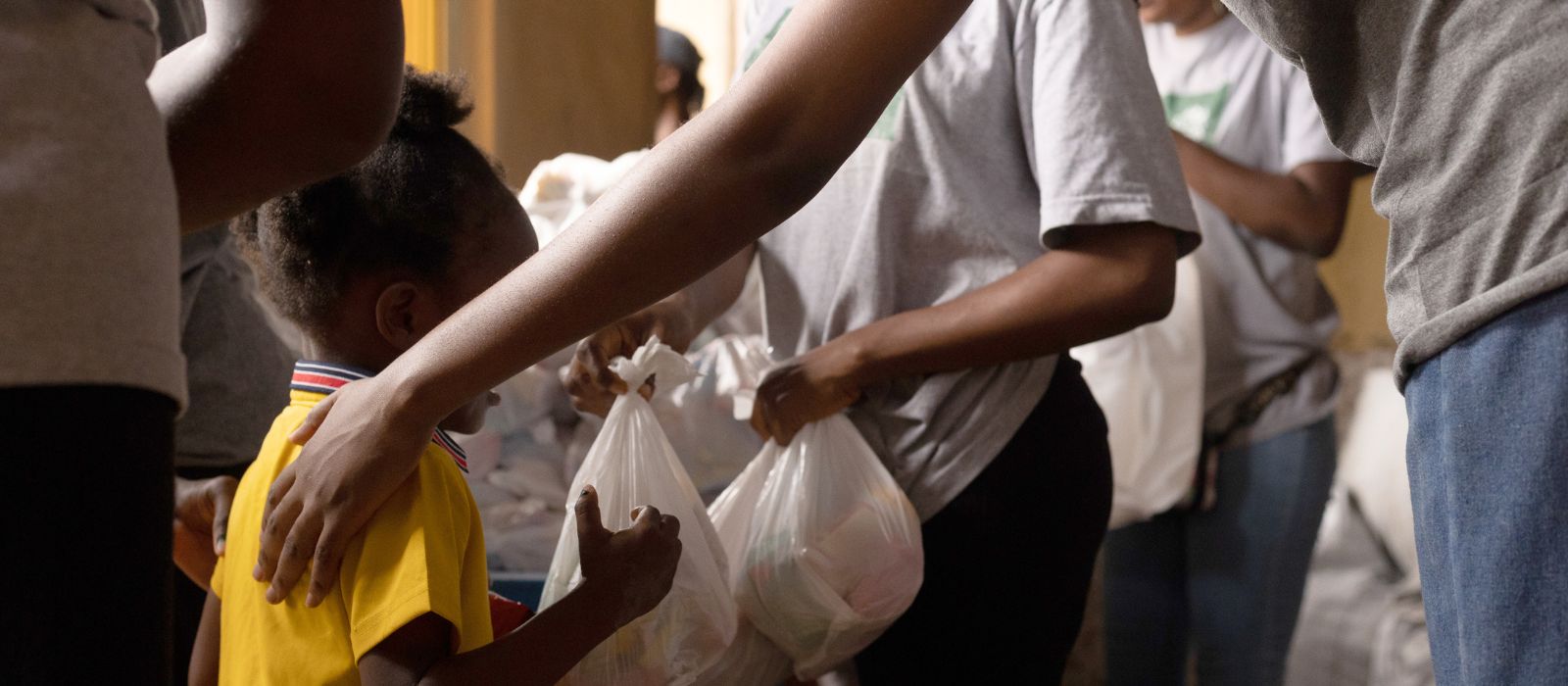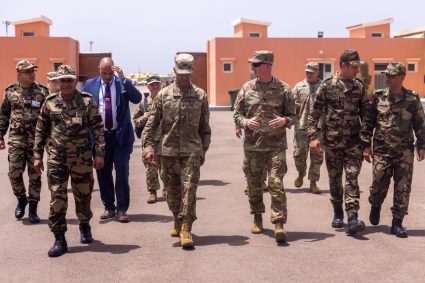
The United States has been a pivotal force in humanitarian and development initiatives across Africa. Through a variety of programs and partnerships, the USA has significantly contributed to economic growth, health improvements, climate resilience, employment opportunities, and financial support. Despite these efforts, there is a perception that Africa has not fully acknowledged the extent of these contributions.
The USA has played a crucial role in Africa’s economic development through direct investments, trade partnerships, and financial aid. The African Growth and Opportunity Act (AGOA) has been instrumental in opening U.S. markets to African products, thereby boosting trade and creating jobs. For instance, Kenya and Lesotho have seen substantial benefits, with high utilization rates of AGOA provisions. Additionally, the Millennium Challenge Corporation (MCC) has provided billions in grants to fund projects that promote economic growth and reduce poverty. Countries like Kenya, Tanzania, and Ghana have significantly benefited from these initiatives.
The United States is the largest donor of humanitarian assistance to Africa. In 2022, the U.S. Agency for International Development (USAID) provided over $6 billion in humanitarian aid, addressing crises such as droughts, floods, and conflicts. This aid includes emergency food, shelter, healthcare, and support for refugees and internally displaced persons. Major recipients of this aid include Ethiopia, South Sudan, and Somalia, where humanitarian needs are critical.
Health is a critical area where the USA has made substantial contributions. The President’s Emergency Plan for AIDS Relief (PEPFAR) has saved millions of lives by providing antiretroviral treatment to those living with HIV/AIDS. Additionally, USAID’s health programs have improved maternal and child health, combated malaria, and strengthened health systems across the continent. Countries like Nigeria, Uganda, and Mozambique have seen significant health improvements due to these initiatives.
The USA has been active in supporting climate resilience in Africa. Through initiatives like Power Africa, the U.S. has helped increase access to renewable energy, reducing reliance on fossil fuels and promoting sustainable development. Furthermore, USAID’s climate programs have supported adaptation and mitigation efforts, helping communities withstand the impacts of climate change. Countries such as Kenya, South Africa, and Nigeria have benefited from these efforts.
Creating employment opportunities and building local capacity are key components of U.S. development efforts. Programs like the Young African Leaders Initiative (YALI) have empowered young Africans with leadership skills and entrepreneurial training. Additionally, U.S. investments in education and vocational training have equipped individuals with the skills needed to thrive in the job market. Countries like Ghana, Kenya, and South Africa have seen significant benefits from these programs.
Despite these extensive efforts, several factors contribute to the perception that Africa has not fully acknowledged the USA’s contributions:
- Visibility and Communication: The impact of U.S. aid and development programs may not always be visible to the general public. Effective communication and outreach are essential to highlight these contributions.
- Local Context and Ownership: Development efforts are most successful when they align with local needs and priorities. If programs are perceived as externally driven, they may not resonate as strongly with local communities.
- Geopolitical Dynamics: Africa’s relationships with other global powers, such as China and the European Union, also play a role. These dynamics can influence perceptions of U.S. contributions.
- Historical Context: Historical factors, including colonialism and past foreign policies, may affect how current efforts are perceived. Building trust and partnerships takes time and consistent engagement.
Aid Distribution Table
Below is a table illustrating the sectors where the USA has provided aid in Africa and the amounts allocated as of 2024:
| Sector | Amount (in billions USD) | Major Beneficiary Countries |
| Health | 5.84 | Nigeria, Uganda, Mozambique |
| Humanitarian Aid | 6.00 | Ethiopia, South Sudan, Somalia |
| Economic Development | 1.12 | Kenya, Tanzania, Ghana |
| Climate Resilience | 0.56 | Kenya, South Africa, Nigeria |
| Employment & Capacity | 0.48 | Ghana, Kenya, South Africa |
| Education & Social Services | 0.24 | Various |
| Peace and Security | 0.40 | Various |
| Democracy, Human Rights, and Governance (DRG) | 0.40 | Various |
Sources: Congressional Research Service (CRS) Reports, U.S. Agency for International Development (USAID) data.
The USA’s role as a superpower in humanitarian and development efforts in Africa is undeniable. Through economic support, humanitarian aid, health initiatives, climate resilience programs, and employment opportunities, the USA has made significant contributions to the continent’s development. Addressing the challenges in recognition requires ongoing dialogue, transparency, and a focus on local ownership and partnership. By understanding and addressing these factors, the USA can enhance its impact and foster stronger, more collaborative relationships with African nations.


